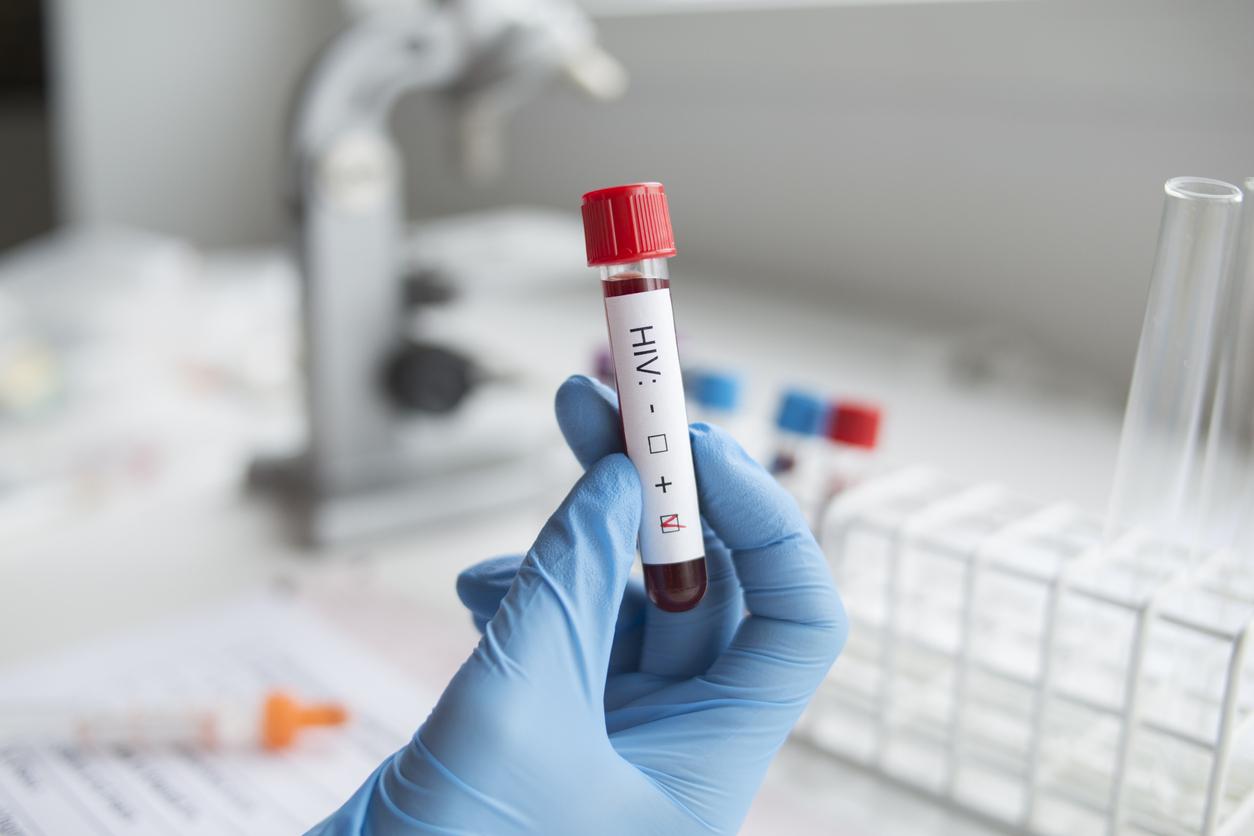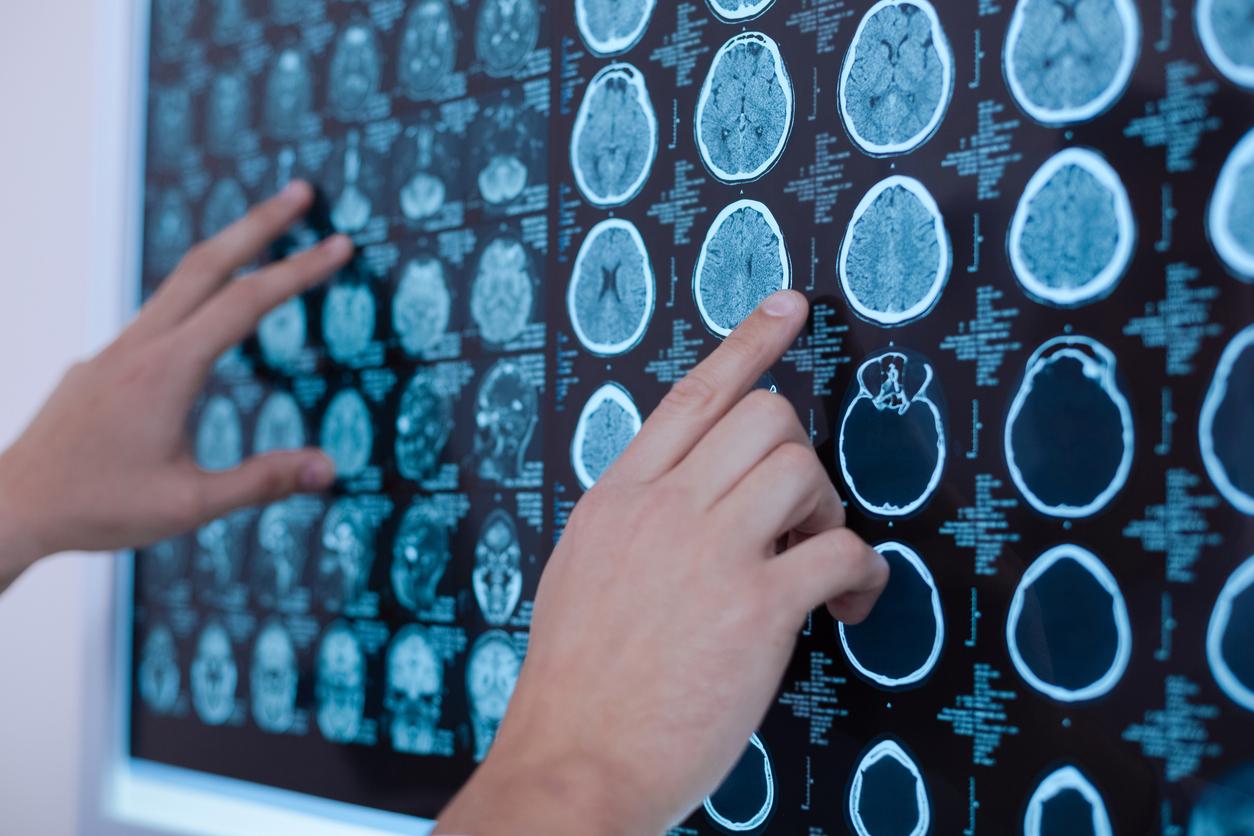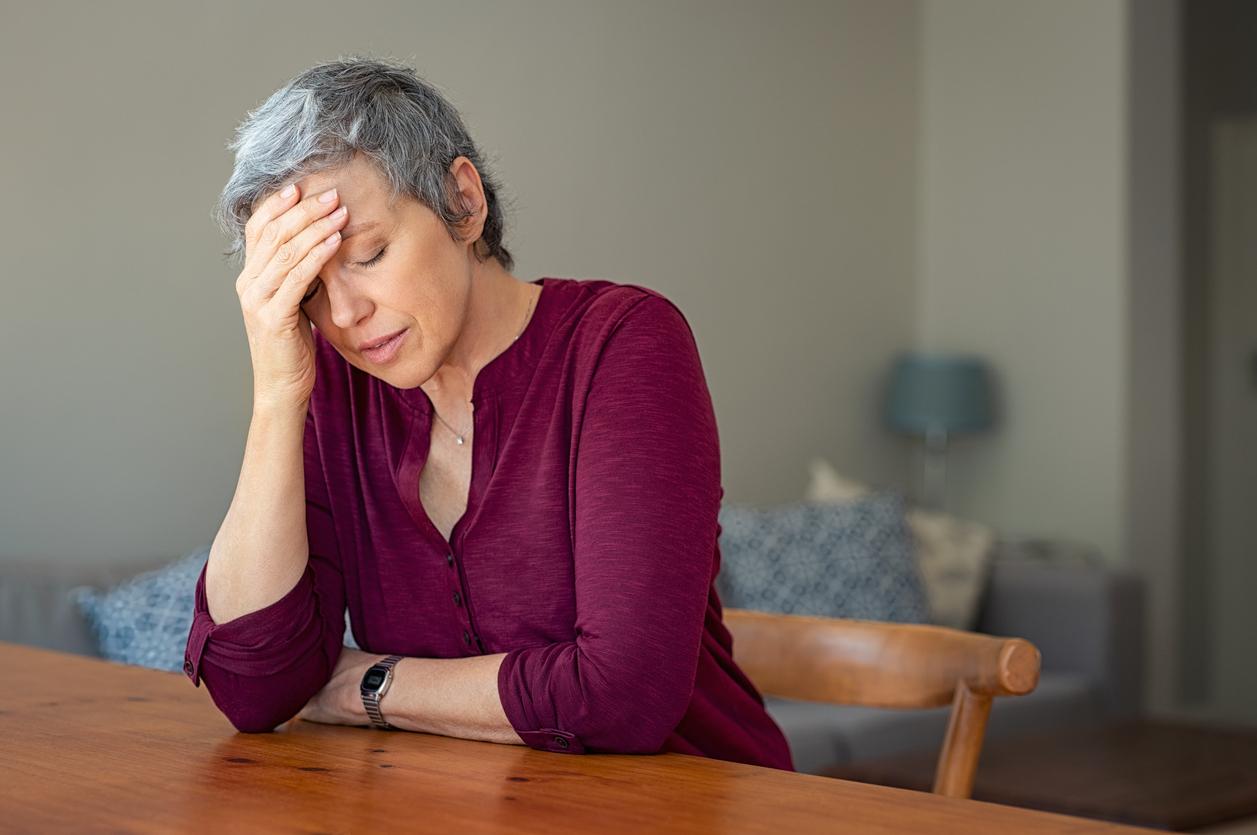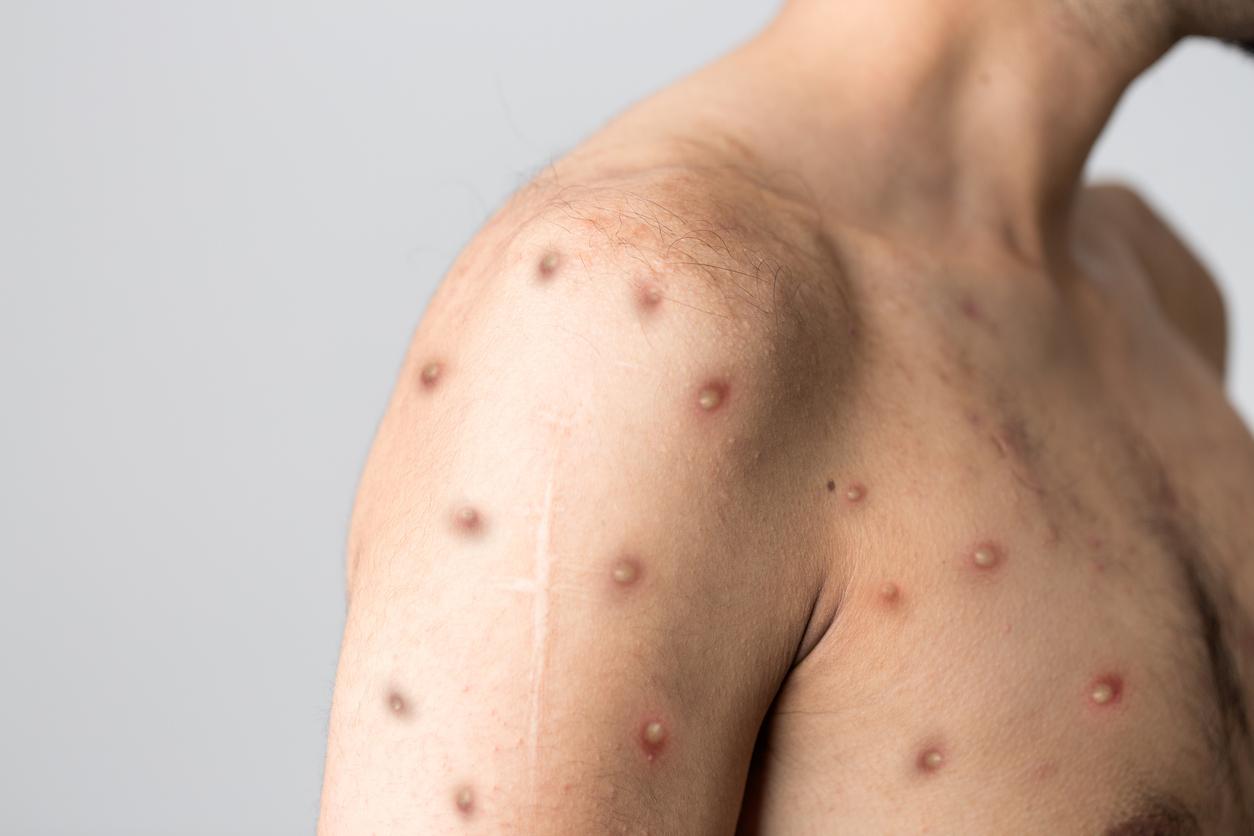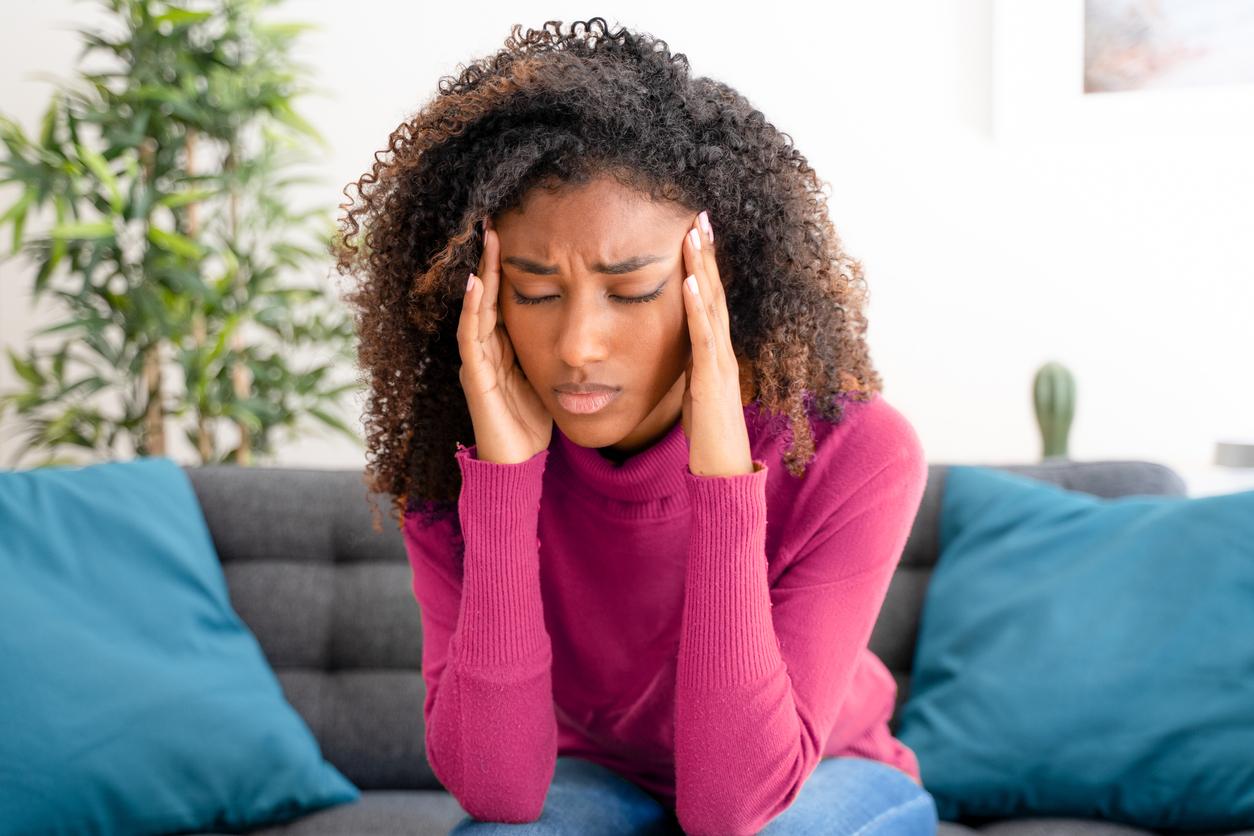
Sudden extreme headache
It is the most painful type of headache: cluster headache. The severe pain is on one side of the head, around the eye. Men suffer from cluster headaches more often than women, but in general it is rare.
Cluster headaches are usually treated under the supervision of a neurologist. Cluster headaches last from 15 minutes to 3 hours. Some people get as many as eight attacks a day. And that in a period of a few weeks to months. In episodic cluster headache, the periods with headache alternate with periods without seizures, in chronic complaints patients do not have an attack-free period or this period is shorter than two weeks.
Symptoms
Cluster headaches are characterized by a severe sharp or burning pain around the eye or on the side of the head. Sometimes the pain is also described as cutting or drilling. The complaints are limited to one side and often occur very suddenly.
In addition to the pain, cluster headache patients often suffer from:
- red or watery eyes
- stuffy or runny nose
- swollen or drooping eyelid
- sweaty forehead or face
- increased muscle tone
- a restless feeling and urge to move
- increase in body temperature
Most of these complaints mainly occur on the side of the headache.
omen
Two out of three patients experience early signs that indicate an attack is imminent. These complaints manifest themselves hours or even days before the attack starts. If you suffer from cluster headaches, it is important to recognize these signs so that you can take action.
The signs differ greatly per patient, but are often the same for an individual. You can think of tingling, prickling or numbness in the face, red or watery eyes, a stuffy nose or a sweaty face. Some patients feel restless, anxious, tired, irritable or uncomfortable before an attack.
You may also have symptoms after an attack. Listlessness, excessive tiredness and a nagging ‘after-pain’ are the most common.
Cause
Quite a bit of research has already been done into the cause of cluster headaches, but unfortunately it has not yet yielded any results. The biological clock may play a role. Recent research shows changes in the hypothalamus: the brain region that regulates the biological clock. Incidentally, there are also indications that with age seizures go away longer.
Therapy
If the doctor thinks you have cluster headaches, he will refer you to a neurologist at the hospital for examination and treatment. It is important to take action as soon as possible. Painkillers in the form of a tablet or suppository usually do not work quickly enough. Injections work faster: generally within 10 to 15 minutes.
Using sumatriptan injections injected under the skin, about 80 percent of patients are pain-free in the short term. This medicine constricts the blood vessels in the brain and reduces the pain stimulus. Some patients have good experiences with sumatriptan nasal spray.
The disadvantage of sumatriptan injections is that they should not be used more than 2 to a maximum of 3 times in 24 hours, while patients often have several attacks in a day. An additional treatment with the drug verapamil is then still possible. This drug helps prevent headache attacks. Does that not work enough? Then you can try medicines such as prednisone and lithium in consultation with your doctor.
Oxygen
About two in three patients also seem to benefit greatly from oxygen treatment. This treatment consists of breathing in extra oxygen for 10 to 15 minutes. You should do this as soon as possible after an attack starts.
There are options for this in the hospital, but you can also do it at home. Oxygen is not directly available through the pharmacy; your health care provider can provide contact details of a supplier. The treatment has few side effects and is relatively inexpensive. Nowadays oxygen is also registered as a medicine.
Do it yourself?
There is little you can do to prevent cluster headaches, but certain factors such as alcohol consumption, taking certain heart medications (nitrates), taking a long flight and staying at high altitudes can trigger an attack. In a period of cluster headache attacks, it is better to avoid these factors as much as possible. Always check the options for taking hypodermic needles in your hand luggage before traveling by plane.
Sources):









